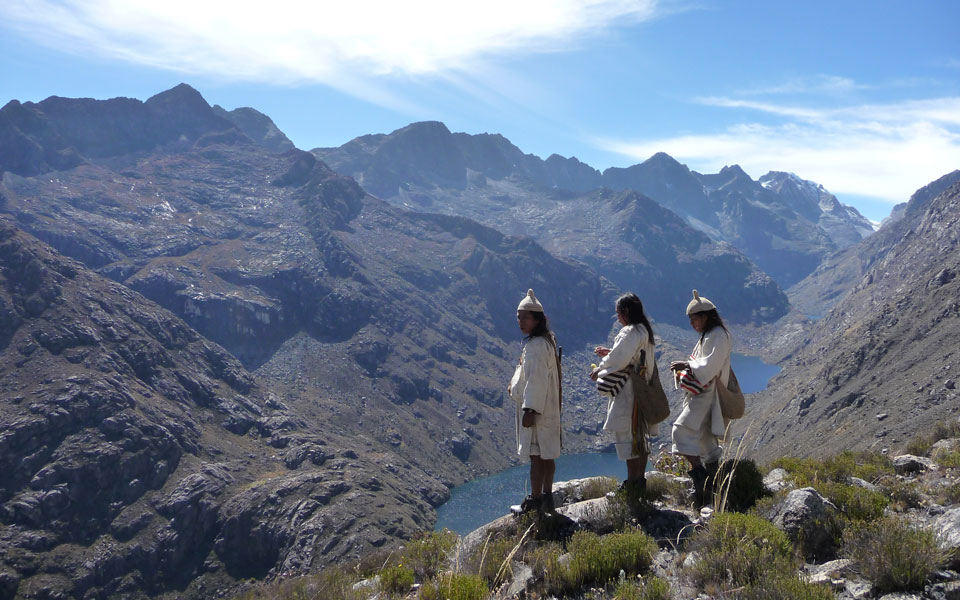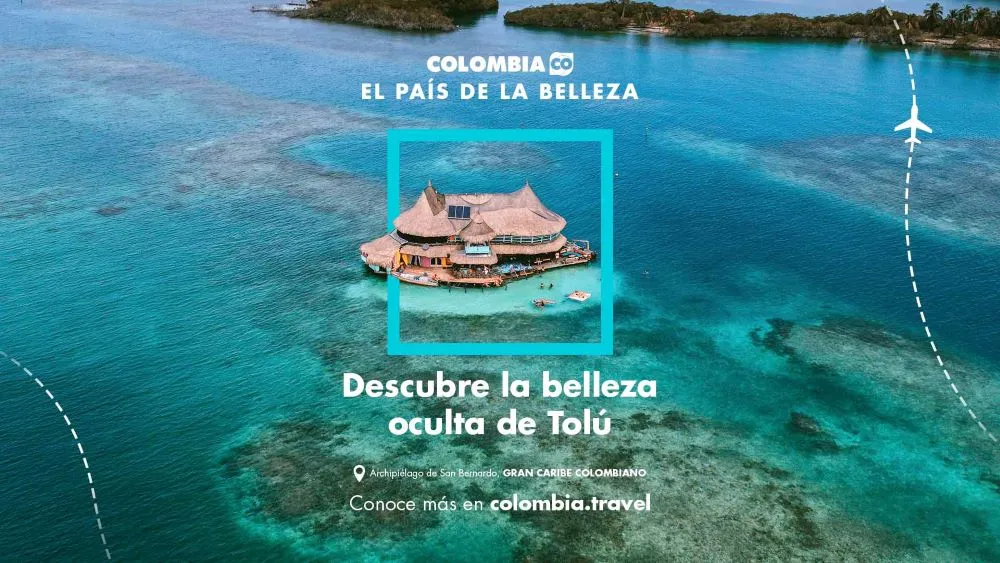Texte de l’Association Tchendukua, photos de Eric Julien – Cet article a été publié initialement sur le site www.elcafelatino.org
Les mots pour les désigner sont multiples : peuples ou tribus indigènes, archaïques, autochtones, traditionnels, primitifs, sauvages, naturels, racines… Ils sont environ 300 millions, répartis dans 77 pays. Colonisés par des envahisseurs qui se sont auto-proclamés « civilisés », ils ont été réduits en esclavage, victimes de déplacements forcés, décimés par des épidémies importées par les colons. Aujourd’hui, certains s’organisent pour tenter de défendre leur identité, leurs droits et leurs territoires, mais ils peinent à se faire entendre. Face à la surexploitation des ressources naturelles sur leurs terres ancestrales, et à la pression de la modernité, leur survie est plus menacée que jamais.
Pourtant, ces « sociétés » qui n’ont jamais rompu les liens qui les unissent à la nature et au vivant sont porteuses de messages essentiels, source d’inspiration au regard des grands enjeux que traversent nos sociétés modernes.
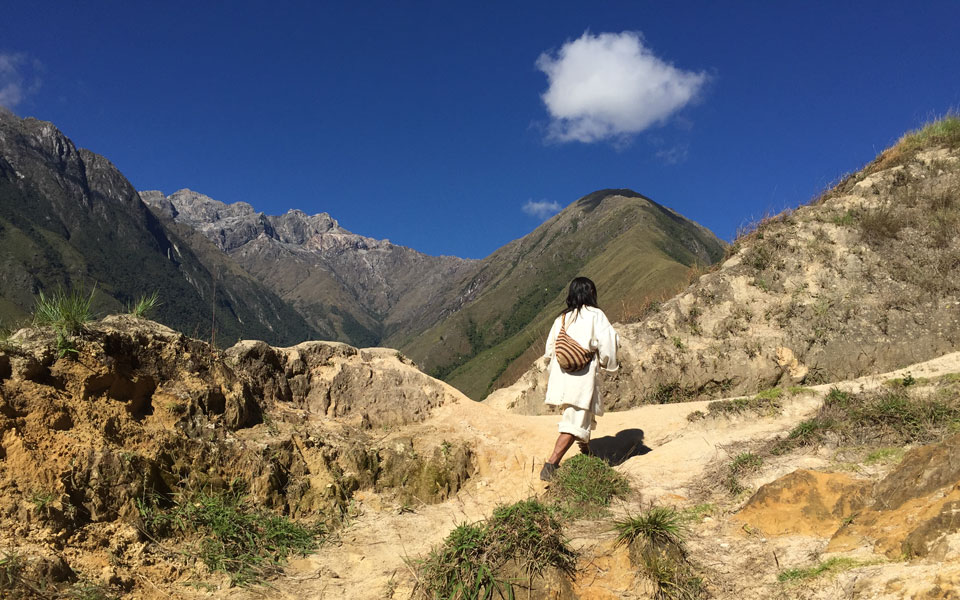
Les Amérindiens kogis, qui vivent en Colombie, font partie de ces sociétés. Au nombre de 20 000, sans rupture historique depuis 4 000 ans, ils sont les héritiers de la civilisation précolombienne des Tayrona, tout comme les Wiwas, les Arhuacos et les Kankuamos. Chassés de leurs territoires par la colonisation, la violence et le monde « moderne », ils vivent repliés dans les hautes terres de la Sierra Nevada de Santa Marta, massif côtier le plus haut du monde et lieu d’une exceptionnelle biodiversité. Pour les Kogis, la Sierra Nevada est plus qu’une simple montagne : elle représente le « cœur du Monde », où la « Terre Mère » leur transmet les codes moraux et spirituels qui régissent tous les aspects de leur société. D’après leur vision du monde, les Kogis sont les « Gardiens de la Terre » : leur rôle est de maintenir les grands équilibres de la nature. Alors que la Sierra est en proie à la déforestation, la pollution, le narcotrafic et les mégaprojets, eux s’évertuent à soigner la Terre, permettre à la forêt de reprendre ses droits, aux animaux de revenir, et aux sources de se remettre à couler.
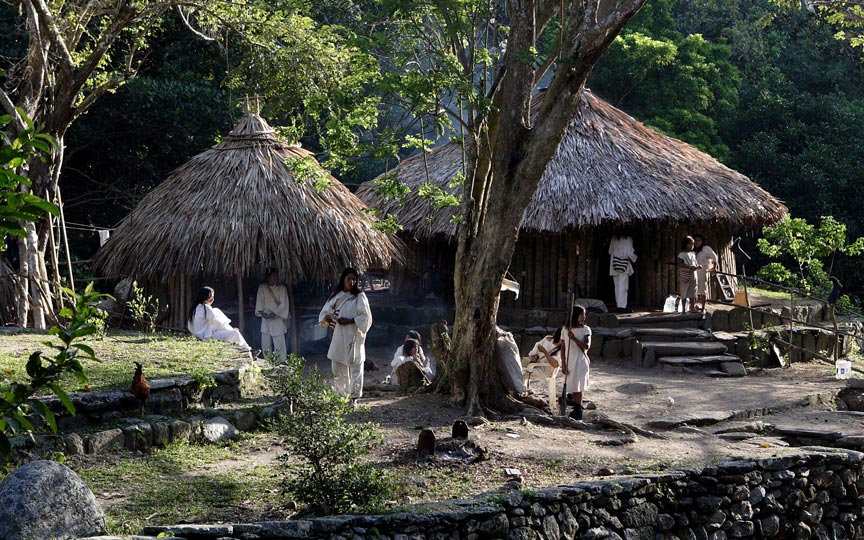
En quoi ce peuple si différent, vivant sans électricité, sans argent, au milieu de la forêt, pourrait-il nous inspirer ? Tout d’abord parce que, malgré les différences, les Kogis sont avant tout des êtres humains confrontés aux mêmes questions essentielles que toutes les sociétés humaines. Décider, se soigner, espérer, aimer, construire, rêver, gérer un conflit… Comme l’affirmait l’anthropologue Claude Lévi-Strauss, « il n’y a pas de civilisation primitive, ni de civilisation évoluée, il n’y a que des réponses différentes à des problèmes fondamentaux identiques ». Pour les Kogis, ces réponses s’appuient sur des principes de vie inhérents à la nature et non pas sur des lois édictées par des hommes. C’est ce que décrivent Marie-Hélène Straus et Eric Julien, respectivement Présidente et Directeur de Tchendukua – Ici et Ailleurs, une association qui aide les Kogis à reprendre possession de leurs terres ancestrales. Dans leur livre Le choix du vivant, les deux auteurs se sont penchés sur neuf principes essentiels de la société kogi, et sur la manière dont ils peuvent être transposés dans les entreprises et organisations. Parmi ces principes, il y a l’altérité, ou le principe du « deux », et la constante recherche d’équilibre entre des forces opposées mais complémentaires : le chaud et le froid, le féminin et le masculin, le jour et la nuit. Il y a aussi l’interdépendance et la nécessaire coopération pour s’approcher de buts communs.
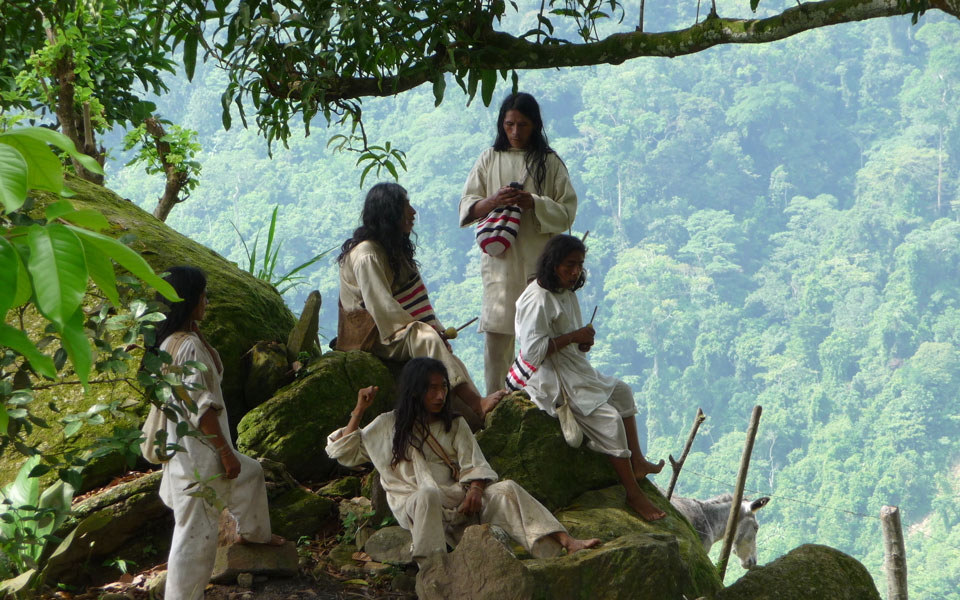
Peu à peu, des passerelles se créent entre les connaissances millénaires des peuples racines et les découvertes scientifiques. La communication entre les arbres est un exemple : récemment, il a été démontré scientifiquement que les arbres sont capables de se transmettre des informations entre eux, du moins lorsque leur survie est en jeu. En Europe, c’est une découverte. Pour les Kogis, c’est une évidence jamais oubliée.
Aujourd’hui, c’est surtout pour le développement technique que la nature est source d’inspiration, avec le bio-mimétisme. Les Kogis, ou d’autres peuples racines, révèlent que les principes inspirés du vivant sont aussi riches d’enseignement aux niveaux social et humain, pour tenir à l’écart violence et destruction.
A l’heure où la planète est entrée dans une nouvelle ère géologique, l’anthropocène, caractérisée par l’impact des activités humaines sur le climat et les écosystèmes, il apparaît urgent d’interroger notre relation à la nature. Il serait absurde de chercher à devenir Kogi, ou d’adopter sans discernement leur culture. Il s’agit simplement d’accepter de s’ouvrir à d’autres façons de comprendre le monde, de décoloniser nos imaginaires, et d’écouter leur parole, « voix de la nature ».
« Le Choix du Vivant : 9 principes pour manager et vivre en harmonie »
Réinventer les techniques managériales de nos entreprises en s’inspirant de nos pratiques sociétales les plus lointaines, celles qui reposent sur une haute conscience des « principes du vivant ». Voilà l’idée défendue par cet ouvrage essentiel afin de développer une nouvelle « spirale évolutive pour un management vivant ».
À une époque où notre modèle de société, basé sur une croissance exponentielle dans un monde fini, pousse les collaborateurs des entreprises au burnout en même temps qu’il conduit à l’épuisement des ressources naturelles, les deux auteurs nous proposent un chemin de résilience qui permet de retrouver le sens du vivant.
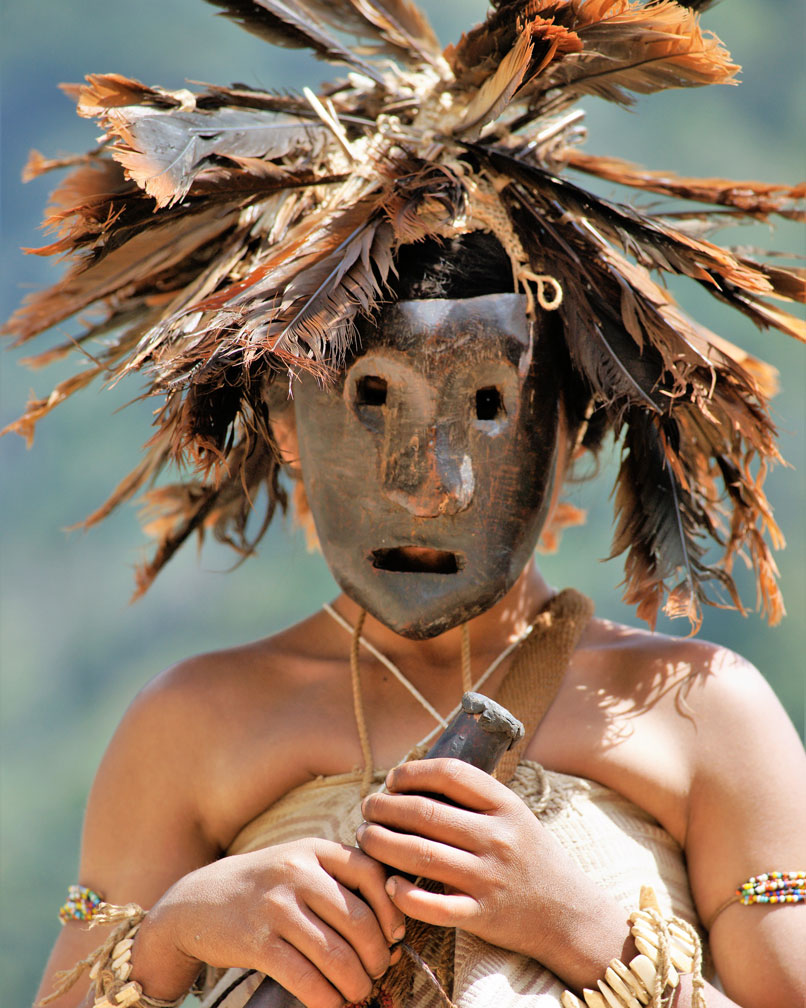
Et ce chemin, ils l’ont trouvé en s’inspirant des
Indiens Kogis, héritiers des sociétés précolombiennes : face à des travailleurs qui affirment se sentir déboussolés par le style de management de leurs supérieurs, les Kogis démontrent une aptitude à communiquer, à dépasser les conflits, qui apparaît comme révolutionnaire afin d’imaginer un monde professionnel plus responsable, efficace et apaisé.
Il aura fallu six années de recherches à nos auteurs afin d’identifier les neuf « principes du vivant », reflet des neuf principes biologiques mis en œuvre par les indiens Kogis, qui tendent à nourrir une « spirale évolutive pour un management vivant ». Expérimentés avec succès dans nombre d’entreprises françaises et internationales, ces principes permettent à ces dernières de traverser les crises, de devenir plus réactives, plus justes et plus pérennes, afin de se réinventer et d’évoluer avec la vie.
Tchendukua – Ici et Ailleurs
Parrainée par Pierre RICHARD, Edgar MORIN et Thierry JANSEN, l’association Tchendukua – Ici et Ailleurs (membre de l’UICN) accompagne les sociétés « racines » et plus particulièrement celle des Indiens Kogis et Wiwas, dans la récupération de leurs terres ancestrales – la préservation et la reconstitution de la biodiversité – la transmission et la valorisation de leurs connaissances traditionnelles.
Depuis sa création, l’association porte et tente d’incarner les valeurs qui fondent la société kogi : la responsabilité, l’équilibre, la solidarité, l’écoute et l’harmonie. En France et en Europe, elle facilite le dialogue et les rencontres entre leur tradition et notre modernité, afin d’imaginer un futur porteur de sens. Elle réunit celles et ceux qui souhaitent préserver un mode d’existence basé sur le respect de la nature, des autres et la recherche de l’équilibre.
L’association a été fondée en 1997 par Eric Julien : sauvé d’un œdème pulmonaire par les Kogis alors qu’il découvrait leur territoire, il s’est mis en tête, à leur demande, de les aider à reprendre possession de leurs terres ancestrales. En 20 ans, ce sont plus de 1 700 hectares qui leur ont été restitués, sur lesquelles 50 familles se sont installées, et où la forêt tropicale est régénérée. En 2015, la première remise d’objets précolombiens en or, pillés par les conquistadors, a été organisée.

